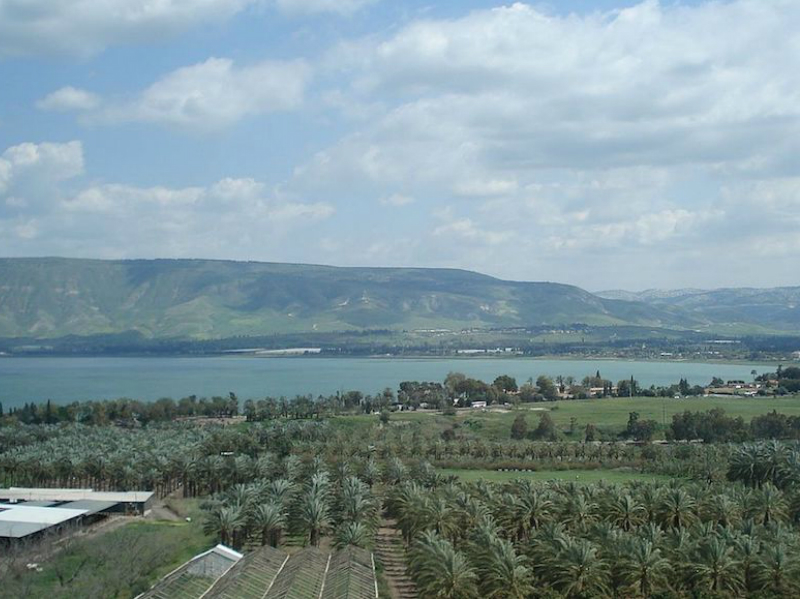Recently, my friend, Fred Maroun, a staunch defender of Israel, published a blog post in the Times of Israel, headlined, Israel’s Ambiguity in Judea and Samaria Comes at a High Cost. In the article, he points out that while Israel has been winning its wars on the ground, it has been losing the propaganda war. Part of the reason for this, Maroun argues, is that Israel’s government is not forthright about its willingness to cede territory in Judea and Samaria for a Palestinian state, in return for a durable peace.
Maroun argues that, when discussing this complex issue, it is unhelpful to Israel’s cause to claim that “Jordan is Palestine.” So is Jordan Palestine?
When people use the slogan “Jordan is Palestine,” they sometimes mean that there is no need for a Palestinian state, as envisioned in the two-state solution, and that Israel should have sovereignty over all the land between the Jordan and the Mediterranean, or that any territory given up by Israel should become part of Jordan.
In this view, Palestine was already partitioned in 1922 and Arabs got 78 per cent of the land, which is today’s Kingdom of Jordan. The residue, the 22 per cent of Palestine between the river and the sea, belongs, or should belong, to the Jews.
This argument draws on history. It is argued that, while fighting the First World War, the British made conflicting promises to the Arabs and the Jews. The promise to the Jews was expressed in the Balfour Declaration, which called for a Jewish homeland in Palestine; while the promise to the Arabs is in the Hussein-McMahon correspondence – 10 letters exchanged in 1915 and 1916 between Sir Henry McMahon, the British high commissioner to Egypt, and Hussein bin Ali, the sharif of Mecca.
While never accepted by the Arabs, it was the position of the British government during the early 1920s that pledges made to the Arabs by McMahon applied to territory east of the Jordan, but not to territory west of the Jordan. Accordingly, territory east of the Jordan was excluded from Jewish settlement, while the area west of the Jordan was where Jewish settlement was to be allowed.
READ: ROYTENBERG: PALESTINIANS MUST LEARN ABOUT THEIR COMPLICITY IN THE HOLOCAUST
The Revisionist Zionists, the predecessor of today’s Likud party, rejected the partition and insisted that a Jewish state should be build on “both sides of the Jordan.” The Arabs, then as now, insisted that all the land in Palestine was by rights Arab and therefore the Jews were interlopers and the Balfour Declaration was a betrayal of British promises to the Arabs.
Accordingly, there is a historical basis for seeing the division of Palestine, which occurred with the establishment of Jordan in 1922, as an attempt to resolve conflicting British promises to the Arabs and Jews by means of territorial compromise.
The obligation on Britain to promote Jewish settlement was included in the Mandate for Palestine after lobbying by Zionists, led by Chaim Weizmann, because of the precarious situation that Jews faced in Russia and Poland. The mandate west of the Jordan was meant to be a safe haven for European Jews who were in peril.
Jews settled along the Mediterranean coast, in the interior, the Negev and in the north. There was a large Jewish community in Jerusalem and Jews repeatedly established themselves in Gush Etzion, only to be driven out by neighbouring Arabs. Jews tried to return to Hebron in 1936, after being expelled in 1929.
Today, demographic reality and Palestinian Arab aspirations for self-determination, as well as the need to maintain Israel as a Jewish and democratic state, make territorial compromise in Judea and Samaria a practical necessity. But this does not change the historical fact that Jordan was originally envisioned as the Arab state, while Palestine west of the Jordan was supposed to be a homeland for the Jews.
